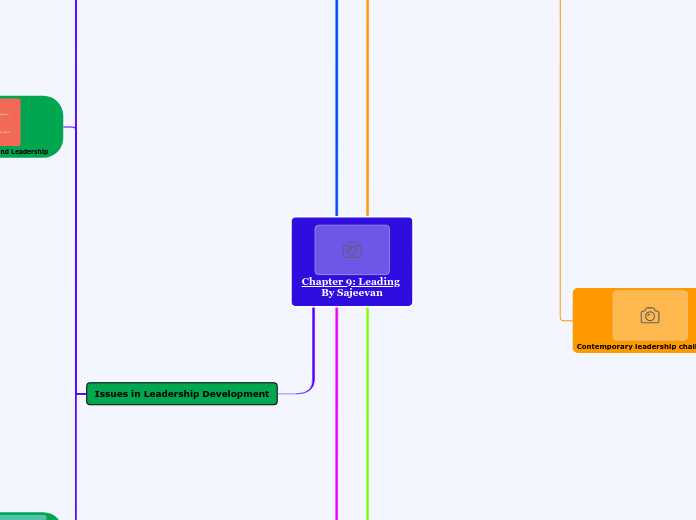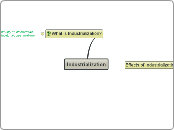von alyiah matta Vor 2 Jahren
143
BioTechnology
The field of biotechnology encompasses a variety of applications, each with distinct implications. Ethical debates and social controversies arise particularly in areas such as cloning, human genome modification, and assisted reproduction.









